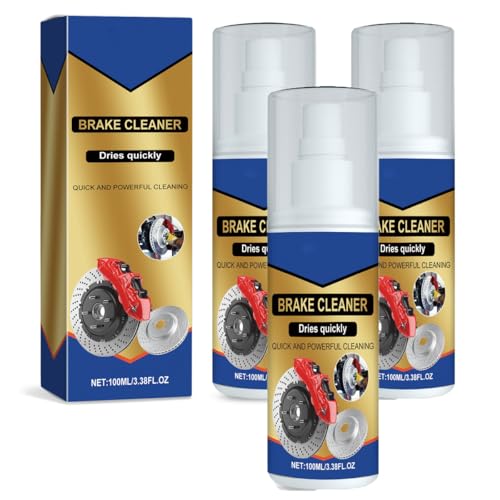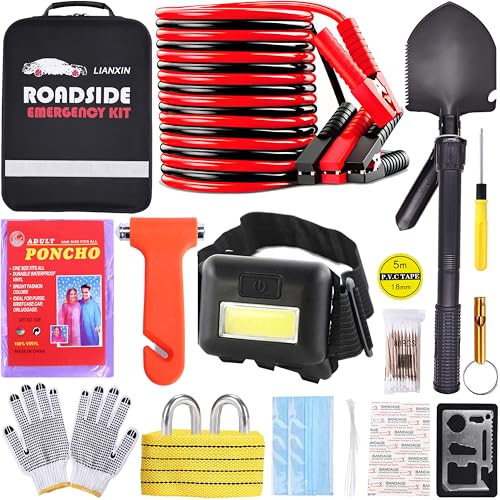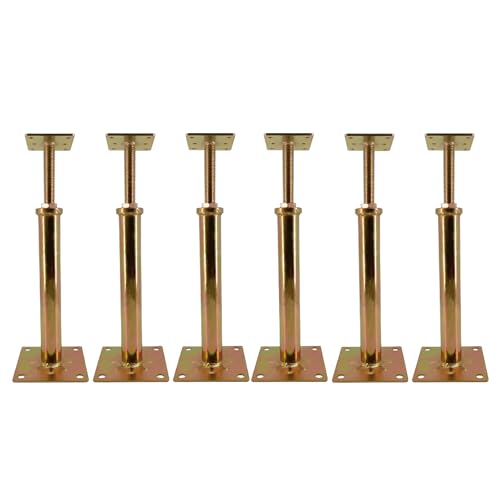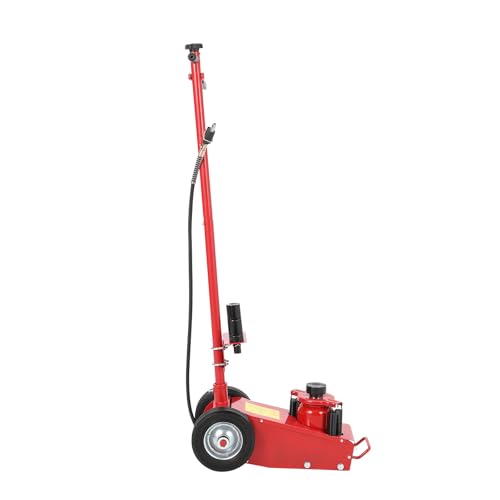
3 Best Tips for Winter Brake System Care

To keep your brake system reliable this winter, regularly inspect brake pads and rotors for wear or corrosion, ensuring safe stopping power on icy roads.
Maintain clean, high-quality brake fluid by checking levels and replacing contaminated or moisture-laden fluid per manufacturer guidelines to prevent system failure.
Adjust your driving habits by increasing following distance and braking gradually on slippery surfaces to preserve traction.
 Top 5 Warning Signs Your Brakes Need Service
Top 5 Warning Signs Your Brakes Need ServiceThese essential steps form the foundation of winter brake care; exploring further reveals additional ways to enhance safety.
Table
Main Points
- Regularly inspect brake pads and rotors for wear and corrosion to ensure reliable winter braking performance.
- Maintain optimal brake fluid quality by checking levels and replacing contaminated fluid as per manufacturer guidelines.
- Adapt driving habits by increasing following distance and using smooth, gradual braking to prevent skidding on icy roads.
- Schedule professional brake system evaluations before winter to detect issues and ensure all components meet safety standards.
- Use engine braking on descents to reduce reliance on brakes and maintain better control on slippery surfaces.
Regular Inspection of Brake Components
To maintain ideal braking performance during winter, you should inspect key brake components—pads, rotors, and fluid levels—regularly. Conducting regular inspections helps you detect signs of wear that could jeopardize vehicle safety during the winter months. Check brake pads for thickness; worn pads reduce friction, compromising stopping power on icy roads. Examine rotors for corrosion or uneven wear, as their condition directly impacts braking stability. While inspecting brake fluid, be mindful of moisture absorption, which degrades fluid effectiveness in cold temperatures. Keeping all brake components in prime condition guarantees reliable braking performance, minimizes accident risks, and extends component lifespan. Scheduling professional evaluations before winter begins liberates you from unexpected failures, empowering confident, safe driving on slippery surfaces throughout the season.
Maintaining Optimal Brake Fluid Quality

Because brake fluid plays an essential role in transmitting force from the brake pedal to the braking mechanism, maintaining its quality is vital for safe winter driving. You must regularly check brake fluid levels, keeping them within manufacturer guidelines to guarantee peak braking performance, especially in cold weather. Moisture absorption degrades brake fluid, reducing its effectiveness and risking brake system failure. Inspections are important; cloudy or dark fluid signals contamination and the need for a flush. Use high-quality brake fluid with a low freezing point to prevent performance issues. Strict adherence to manufacturer guidelines during brake maintenance preserves consistent braking power, enabling you to maintain control and freedom on slippery winter roads. Prioritize brake fluid care to liberate yourself from avoidable winter brake system failures.
Adapting Driving Habits for Winter Safety

Making certain your brake system functions properly during winter includes more than maintaining fluid quality; adjusting your driving habits plays a significant role in safety. To maintain ideal braking performance in winter conditions, keep a safe following distance of 6-8 seconds, allowing for extended stopping distances on slippery roads. Anticipate stops and begin braking earlier, applying pressure gently to preserve traction and prevent skidding. Avoid sudden braking; instead, execute smooth, gradual braking to maintain control. Adapt your speed according to road conditions, reducing it to enhance vehicle handling and braking efficiency. Additionally, use engine braking by downshifting on descents to reduce brake reliance, preventing overheating and improving control. These adaptations in driving behavior are essential to maintain safety and guarantee your brake system performs reliably throughout winter.
 Top Products for Effective Brake System Cleaning
Top Products for Effective Brake System CleaningFrequently Asked Questions
What Is the 30/30/30 Rule for Brakes?
You’ll follow the 30/30/30 rule by inspecting brake pads at 30% thickness, every 30,000 miles or 30 months, ensuring brake system performance. This supports winter driving safety, optimizing anti-lock brakes and emergency braking techniques in cold weather.
What Is the Best Brake Fluid for Cold Weather?
You know, "An ounce of prevention is worth a pound of cure." Choose brake fluid types with low viscosity ratings and high boiling points for cold weather performance. Follow manufacturer recommendations, monitor moisture absorption, and maintain seasonal fluid change frequency.
Should I Pump My Brakes on Ice?
You shouldn’t pump brakes on ice if your ABS works; apply steady pressure instead. Combine ice driving techniques, traction control usage, and winter tire recommendations for vehicle stability management, braking distance awareness, and emergency stop methods during cold weather preparation.
What Is the Best Braking Technique on Ice and Snow?
You should reduce speed, maintain proper tire pressure, and use anti-lock brakes to optimize traction control. Adjust for vehicle weight and road conditions, expect longer braking distance, apply gentle steering techniques, and increase driver awareness during emergency stops.
 How Frequently Should You Inspect Car Brake Pads?
How Frequently Should You Inspect Car Brake Pads?Final Thoughts
You might think winter’s chill only affects your tires, but it’s a coincidence that brake issues spike as temperatures drop. By regularly inspecting your brake components, maintaining peak brake fluid quality, and adapting your driving habits, you guarantee your system performs reliably when you need it most. Taking these precise steps not only protects your safety but also prevents costly repairs—proving that winter brake care is as essential as any other seasonal vehicle maintenance.
Reliable Floor Jacks on a Budget: Best Picks for Under $150
Top-Rated Floor Jacks Over $100: Built for Professionals, Priced for Smart Buyers
If you want to know other articles similar to 3 Best Tips for Winter Brake System Care you can visit the Brake System Maintenance category.
Leave a Reply


















































This is also interesting